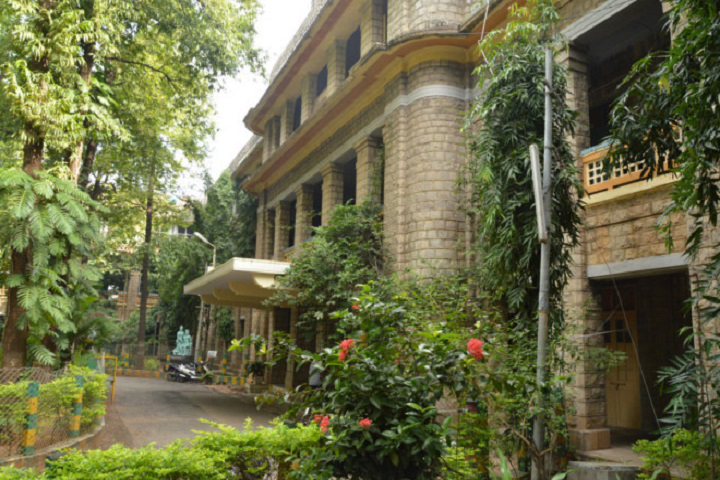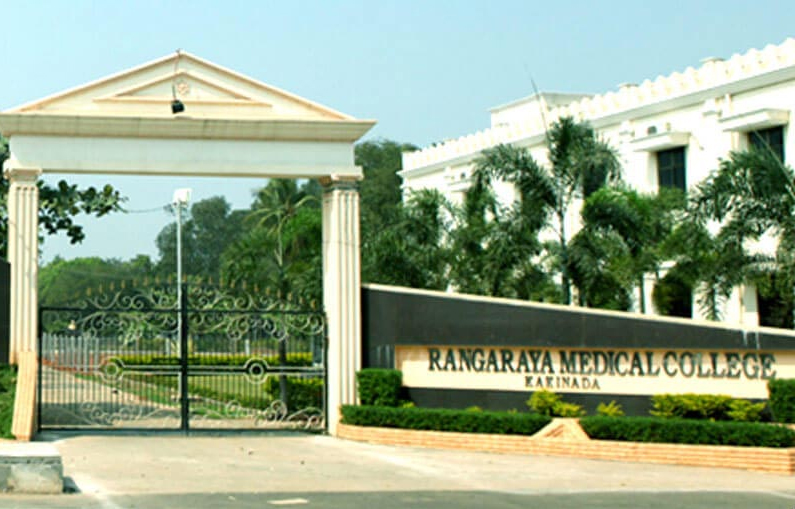શ્રી વેંકટેશ્વર ઇન્સ્ટિટ્યૂટ ઑફ મેડિકલ સાયન્સ (SVIMS), તિરુપતિ

Introduction
- Read more about શ્રી વેંકટેશ્વર ઇન્સ્ટિટ્યૂટ ઑફ મેડિકલ સાયન્સ (SVIMS), તિરુપતિ
- Log in to post comments
- 203 views
Dental surgery is any of a number of medical procedures that involve artificially modifying dentition; in other words, surgery of the teeth, gums and jaw bones.
Some of the more common are:
Endodontic (surgery involving the pulp or root of the tooth)
Root canal treatment
Pulpotomy — the opening of the pulp chamber of the tooth to allow an infection to drain; usually a precursor to a root canal
Pulpectomy — the removal of the pulp from the pulp chamber to temporarily relieve pain; usually a precursor to a root canal
Apicoectomy — a root-end resection. Occasionally a root canal alone is enough to relieve pain and the end of the tooth, called the apex, is removed by entering through the gingiva and surgically extracting the diseased material.
Prosthodontics (dental prosthetics)
Crown (caps) — artificial covering of a tooth made from a variety of biocompatible materials, including CMC/PMC (ceramic/porcelain metal composite), gold or a tin/aluminum mixture. The underlying tooth must be reshaped to accommodate these fixed restorations
Veneers — artificial coverings similar to above, except that they only cover the forward (labial or buccal) surface of the tooth. Usually for aesthetic purposes only.
Bridge — a fixed prothesis in which two or more crowns are connected together, which replace a missing tooth or teeth through a bridge. Typically used after an extraction.
Implant — a procedure in which a titanium implant is surgically placed in the bone (mandible or maxilla), allowed to heal, and 4–6 months later an artificial tooth is connected to the implant by cement or retained by a screw.
Dentures (false teeth) — a partial or complete set of dentition which either attach to neighboring teeth by use of metal or plastic grasps or to the gingival or palatal surface by use of adhesive.
Implant-supported prosthesis — a combination of dentures and implants; bases are placed into the bone, allowed to heal, and metal appliances are fixed to the gingival surface, following which dentures are placed atop and fixed into place.
Orthodontic treatment
Implants and implant-supported prosthesis — also an orthodontic treatment as it involves bones
Apicoectomy — also an orthodontic treatment as part of the underlying bone structure must be removed
Extraction — a procedure in which a diseased, redundant, or problematic tooth is removed, either by pulling or cutting out. This procedure can be done under local or general anesthesia and is very common — many people have their wisdom teeth removed before they become problematic.
Fiberotomy — a procedure to sever the fibers around a tooth, preventing it from relapsing
Periodontics
Oral and maxillofacial surgery (a surgical specialty that usually requires both dental and medical qualification)

Introduction

When Andhra State was formed in October 1953, the Government of Andhra decided to start a medical college in the Rayalaseema region of the state. In Government Order Ms. No. 1835, Health, dated 29 November 1955, the government of Andhra passed orders to establish a medical college, the third one in the state at Kurnool. As the building was not ready for the college the government decided to admit 50 students intended for Kurnool Medical College at Kurnool City in July 1956.

Guntur Medical College had a humble beginning in the 1940s. The then Government of Madras issued an order on June 22, 1946 that Guntur Medical College would start functioning from July1, 1946 admitting 50 students. The help rendered by Mrs. Achanta Rukmini Lakshmipathi, the then Health Minister was immense and all those who receive their education in this great institution are really indebted to her. Dr. G.V.Satynarayana Murthy took charge as the Special Officer, GMC Scheme on september 17, 1946.

Rangaraya Medical College was started as a private medical college in 1958. It was the result of dedicated efforts by Dr M V Krishnarao, who was a Minister of Education in the cabinet of Sri Rajaji in the composite Madras state. He was later joined by Colonel Dr D S Raju, M R C P, who was a personal physician of Sri Netaji Subhas Chandra Bose and later Deputy Minister of Defence and Health in the cabinet of Sri Jawaharlal Nehru.